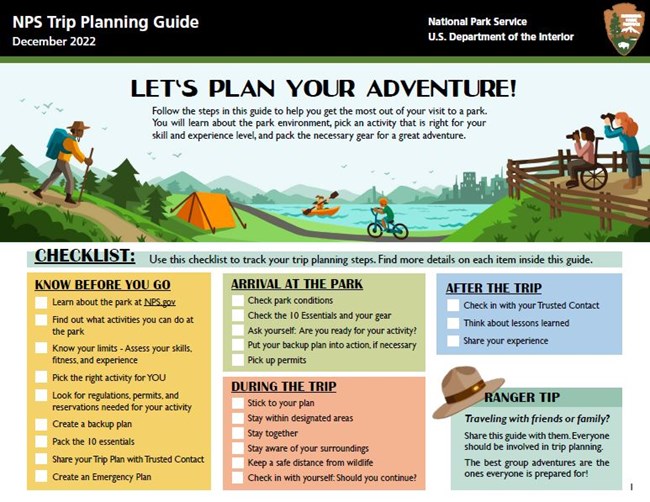Last updated: February 6, 2024
Article
Slow Down. Enjoy the View. Watch the Road.

Jacob W. Frank, NPS
National parks provide a unique and memorable driving experience for many visitors. Whether you are enjoying the fall foliage in Blue Ridge Parkway, taking in the breathtaking scenery of Going-to-the-Sun Road in Glacier National Park, or watching the sunrise from Summit Road in Acadia National Park, you should always be aware of your surroundings and drive safely. “Driving safely in our National Parks” means more than just driving the speed limit; it means obeying traffic regulations, wearing seatbelts, and paying attention to the road.
Motor vehicle crashes are the leading cause of unintentional fatalities in national parks. Unfortunately, one person dies in a motor vehicle crash every week on National Park Service roadways. Most crashes occur during the daytime in summer months, when parks have the most visitors.
To reduce your risks of injury from a motor vehicle crash, keep these important driving tips in mind:
"Texting and driving is not worth the risk. We encourage you to disconnect and enjoy the natural splendor of our national parks.”
--John Hughes, NPS Traffic Safety Coalition
Do not feed any animals from your car! It is very unhealthy for an animal to eat “people food” for many reasons. Their digestive systems are not like ours. They may die or become seriously ill if they eat our food. Feeding from your car will also encourage animals to hang out on the sides of roads, which increases the chances for car collisions with animals. The number of motor vehicle crashes in national parks involving wildlife are twice the national average!

